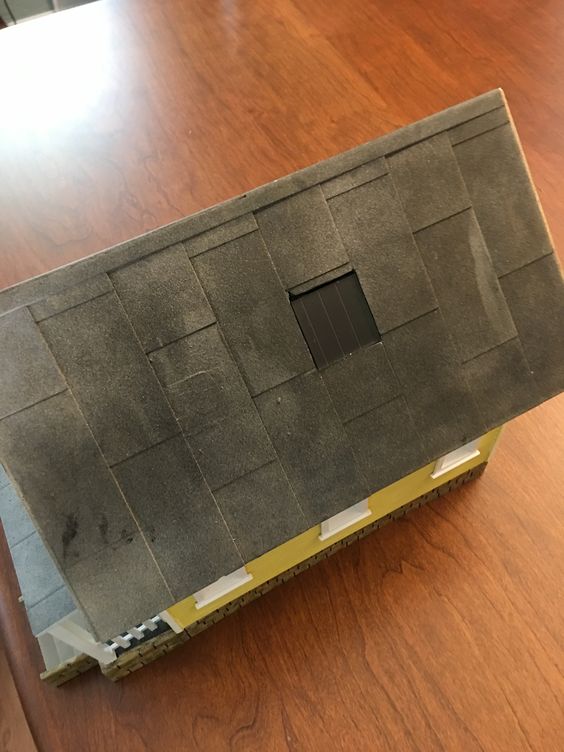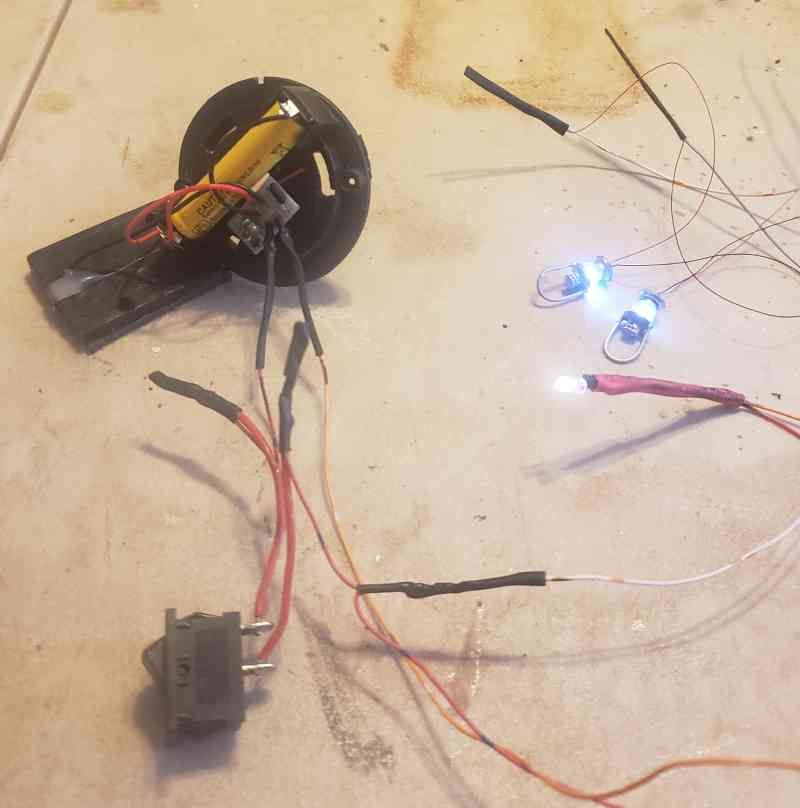So the dollar store and Walmart always have the little solar path lights for about a buck. I know a lot of you use them. I bought one in hopes of using it on my MIK. Since we are doing a building I get to. I took it apart and its pretty straight forward. Single LED hooked up to a 2/3 AA battery hooked to the solar cell. There is a board in there but thats neither here nor there I think. Since my recent education on LEDs I am pretty sure I have my answer but want to run it by the experts.
Here is what I would like to accomplish with it if possible. It is meant to run 1 LED. I would like to run the one that came with it as well as a couple of the picos that I have. I am assuming that I don’t need to do anything special other than wire them in parallel. Since the voltage and mAmps should work for a couple more without the need for a resistor or anything else. I assume that the added LEDs won’t cause it to not work at all since voltage doesn’t change but shorten the life of the battery before needing to be recharged because of the increase in current demand.
My proposal then is to separate all the components so that I can remotely mount the solar cell. I want to run that down to the battery keeping it external in case it needs to be changed, add a switch after the battery (so the solar cell and battery can still charge even with the switch off) so that I can turn it off when not in use and then finally run it to a set of say 3-5 LEDS (one larger one and 2-4 picos) ran in parallel. I also have the option of increasing battery size at this point as I have some full AA size tenergy batteries. I am not going to switch that out unless I find the 2/3AA doesn’t last long enough.
Any problem with this plan?


 It’s funny the LED is in the 3vdc range and the battery is a 1.2vdc the way it works is that on that board there is either a converter or a jewel thief which boosts the voltage to 3vdc so that the LED will work, if you have any questions feel free to ask, Bill
It’s funny the LED is in the 3vdc range and the battery is a 1.2vdc the way it works is that on that board there is either a converter or a jewel thief which boosts the voltage to 3vdc so that the LED will work, if you have any questions feel free to ask, Bill


